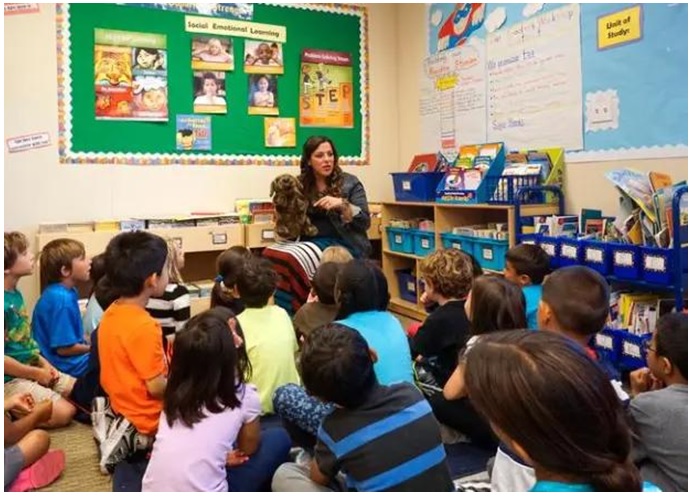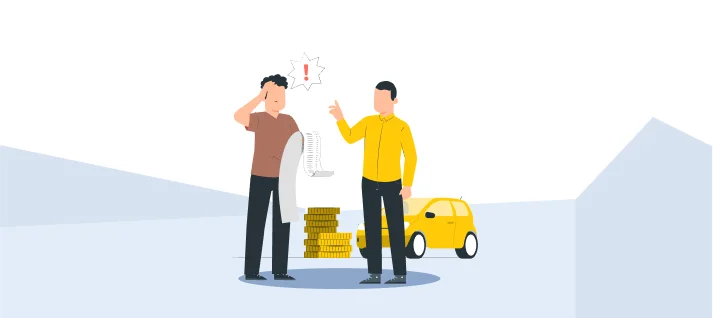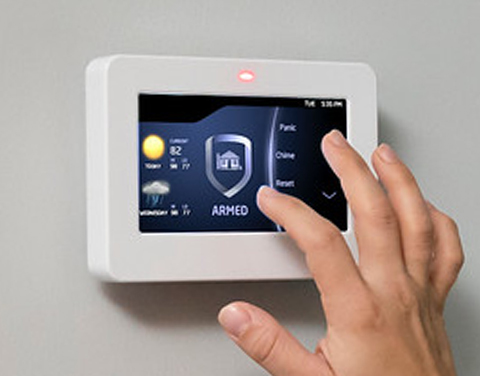In today’s fast-paced and ever-changing world, educators are facing new challenges in the classroom every day. Social and emotional learning (SEL) has become increasingly important in helping students navigate these obstacles, but what about the educators themselves? In this blog post, we will explore how Sel Teaching can help teachers build resilience and empathy, ultimately creating a more supportive and positive learning environment for all. Join us as we dive into the vital role of SEL for educators in shaping the future generation.
Understanding Resilience and Empathy in the Context of SEL
Resilience and empathy are two essential qualities that play a crucial role in the context of Social and Emotional Learning (SEL) for educators. Resilience is the ability to bounce back from challenges, setbacks, and adversity with strength and determination. It involves developing coping skills, problem-solving abilities, and a positive mindset to navigate through life’s ups and downs.
How to Incorporate SEL into Teaching Practice?
Incorporating Social and Emotional Learning (SEL) into teaching practice is crucial for creating a supportive and nurturing classroom environment. One way to integrate SEL is by starting each day with a check-in, allowing students to share their feelings openly. This helps build trust and empathy among classmates.
Benefits of SEL for Teachers and Students
Social and Emotional Learning (SEL) offers a myriad of benefits for both teachers and students in the educational setting. For educators, implementing SEL practices can lead to improved classroom management, enhanced teacher-student relationships, and reduced stress levels. By fostering their own emotional intelligence through SEL training, teachers can effectively support students’ social and emotional development.
Implementing SEL Programs in Schools
Implementing Sel Training For Teachers programs in schools is a crucial step towards creating a supportive and nurturing learning environment for students. These programs focus on developing essential social and emotional skills that are key to academic success and overall well-being.
Schools can start by integrating SEL into their curriculum through specialized lessons or dedicated class time. Providing teachers with training and resources to effectively implement these programs is vital for their success.
Tips for Building Resilience and Empathy in the Classroom
Teaching resilience and empathy in the classroom is essential for creating a positive learning environment. One tip is to model these qualities yourself as an educator. Show vulnerability, share personal stories of overcoming challenges, and demonstrate kindness towards others.
Another tip is to incorporate SEL activities into your lesson plans. Use role-playing exercises, group discussions, or journaling prompts to help students explore their emotions and develop empathy towards their peers.
Encourage a growth mindset among your students by praising effort over outcome. Teach them that setbacks are opportunities for growth and learning. Foster a sense of community in the classroom where students feel supported and valued.
Resources for SEL Training and Teaching
When it comes to implementing Social and Emotional Learning (SEL) in the classroom, having access to resources for training and teaching is vital. Educators can benefit greatly from workshops, online courses, and seminars that focus on SEL practices tailored for teachers.
Many organizations offer SEL training programs specifically designed for educators looking to enhance their skills in promoting resilience and empathy among students. These resources provide valuable insights, strategies, and tools that can be directly applied in the classroom setting.
Conclusion: The Impact of SEL on Students’ Well-being and Academic
Incorporating Social and Emotional Learning (SEL) into educational practices has a profound impact on students’ well-being and academic success. By focusing on building resilience and empathy in the classroom, educators can create a supportive environment that fosters personal growth and positive relationships.
Through SEL training for teachers and implementing SEL programs in schools, educators can equip themselves with the necessary tools to nurture students’ social and emotional skills effectively. This investment not only benefits the students but also enhances the overall learning experience for everyone involved.










